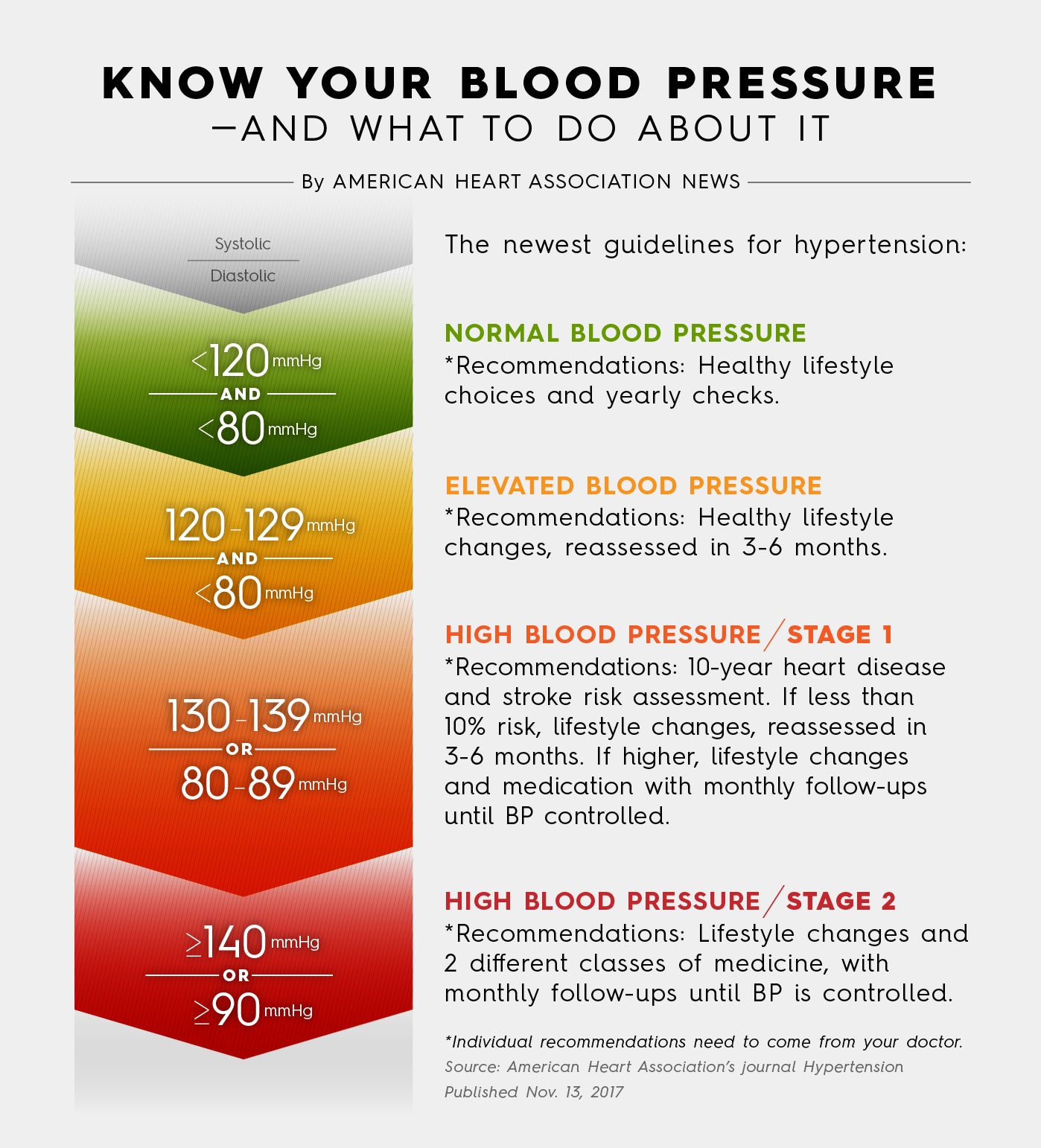Does your child have high blood pressure? You might assume that hypertension is an ailment reserved for adults, but recent studies suggest that children, too, can experience elevated blood pressure levels. In our fast-paced world, where dietary choices lean toward convenience and physical activity may take a backseat, understanding the ramifications of hypertension in children becomes crucial.
High blood pressure, or hypertension, is defined as consistently elevated force against the walls of arteries. In children, blood pressure readings can vary depending on age, height, and sex, making it essential to approach this issue with nuance. It’s not merely a matter of a single high reading; consistent measurements over time offer a clearer picture of cardiovascular health.
So, what could lead to this condition in the younger population? Several factors come into play. Genetics is one; if a parent has high blood pressure, the risk of the child developing it increases. Then there are environmental influences—excessive screen time, sedentary behavior, and unhealthy eating habits laden with sodium and sugars can all contribute to this troubling trend. High blood pressure isn’t just “old people’s problems”; it can manifest in the tender years of childhood, disguised as fatigue or irritability.
Recognizing the symptoms of hypertension in children can be a challenge. While many youngsters might remain asymptomatic, others may exhibit signs such as headaches, visual changes, or difficulty in concentration. The absence of warning signs doesn’t mean a lack of risk. Regular monitoring is crucial, particularly during routine health check-ups.
What can be done to confront this health challenge? Engaging children in their health journey is vital. Introduce fun physical activities, promote outdoor play, and encourage sports participation. Cooking together can transform mealtimes into learning moments about nutrition, creating a foundation for healthier dietary choices. Additionally, fostering a supportive home environment allows children to adopt positive lifestyle habits, reducing the likelihood of hypertension.
Education is equally paramount. Teaching children about the importance of balanced nutrition and the dangers of excessive salt, sugar, and processed foods can empower them to make informed choices. Consider it a fun challenge; who can find the healthiest snack in the pantry? Transforming health consciousness into a game can foster lifelong habits.
In conclusion, the concern surrounding high blood pressure in children is not to be taken lightly. Recognizing the multifaceted nature of this condition—its risk factors, symptoms, and remedies—enables us to take proactive measures. By engaging our children and nurturing their awareness of health, we may not only prevent hypertension but also cultivate a generation of health-conscious individuals.
